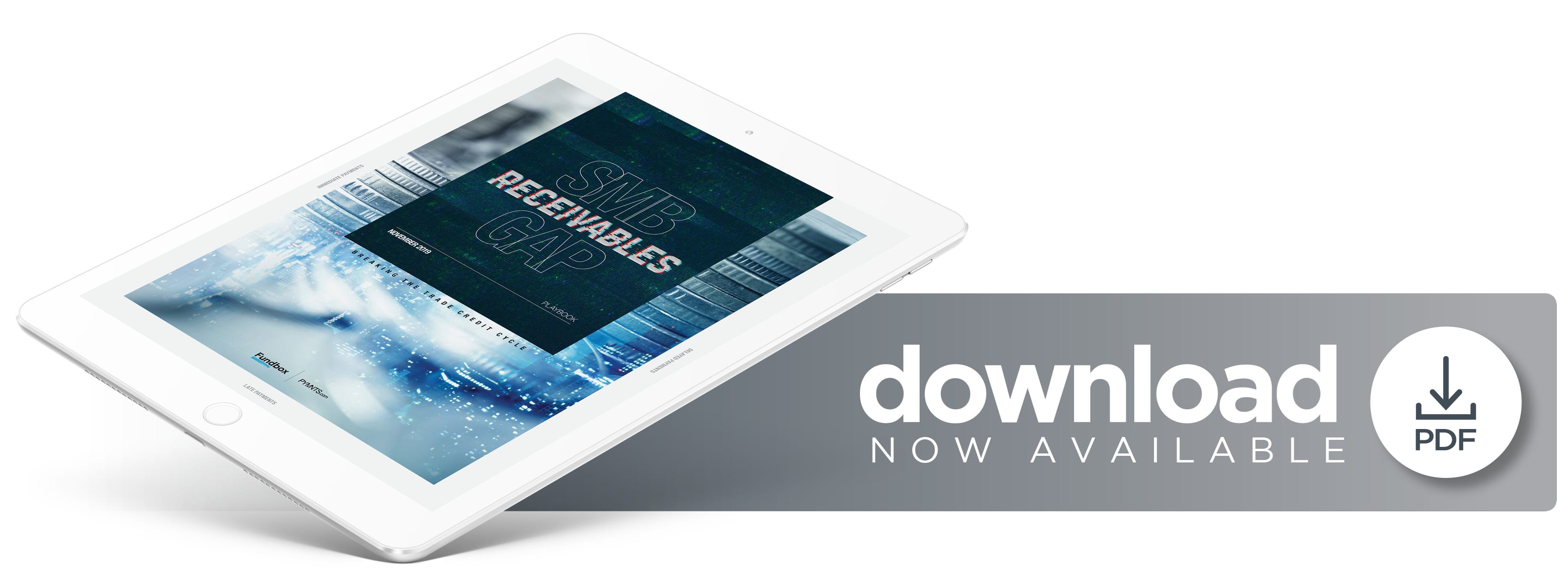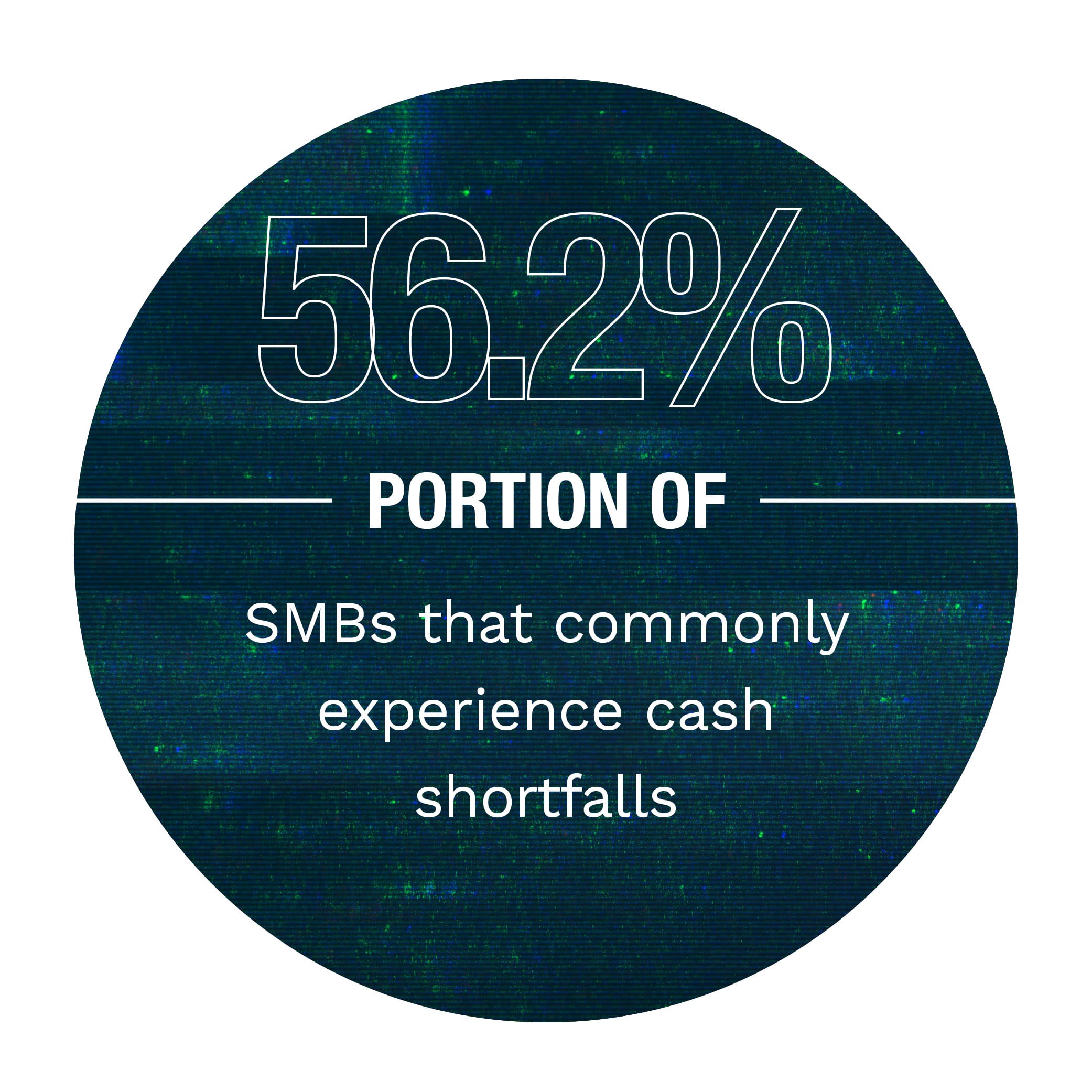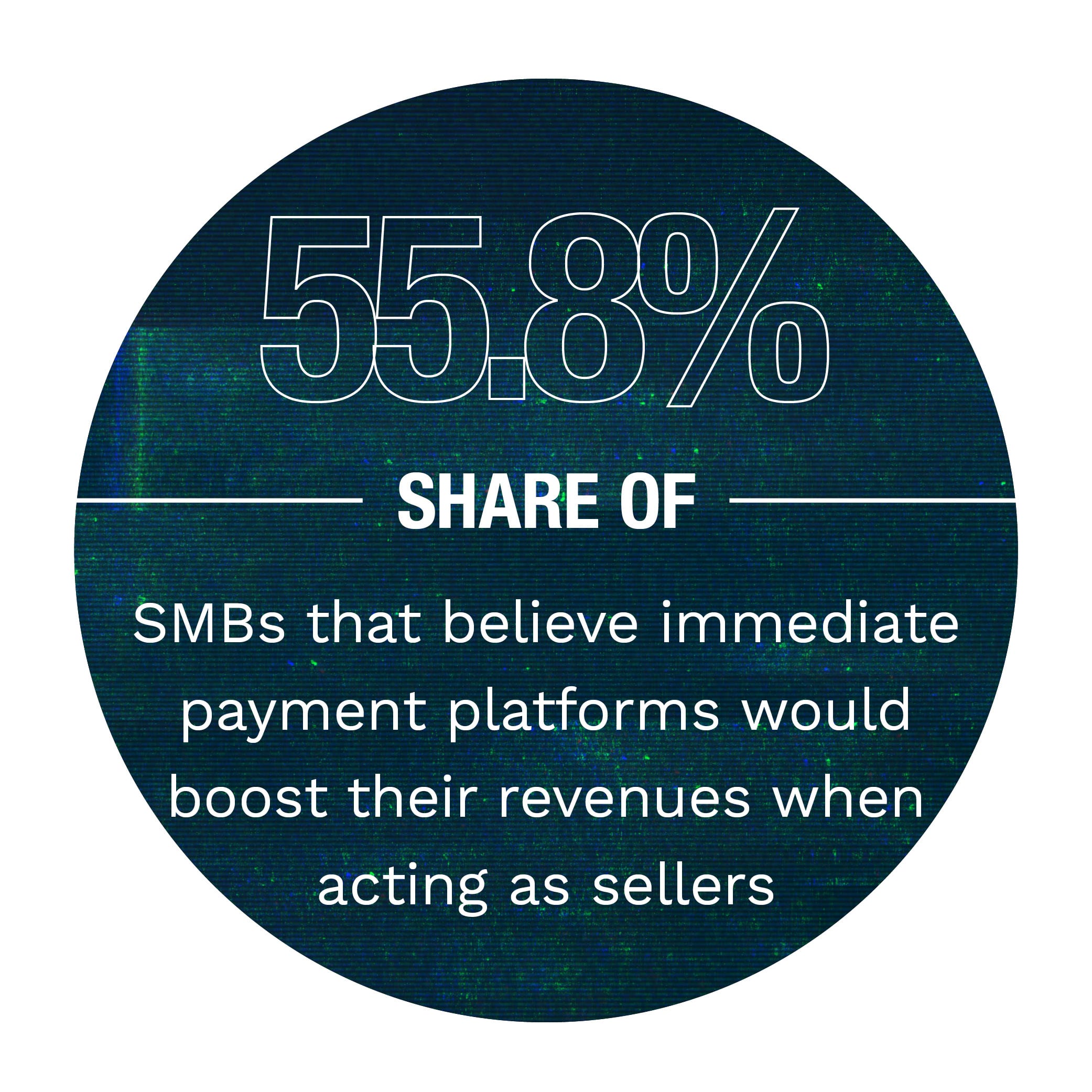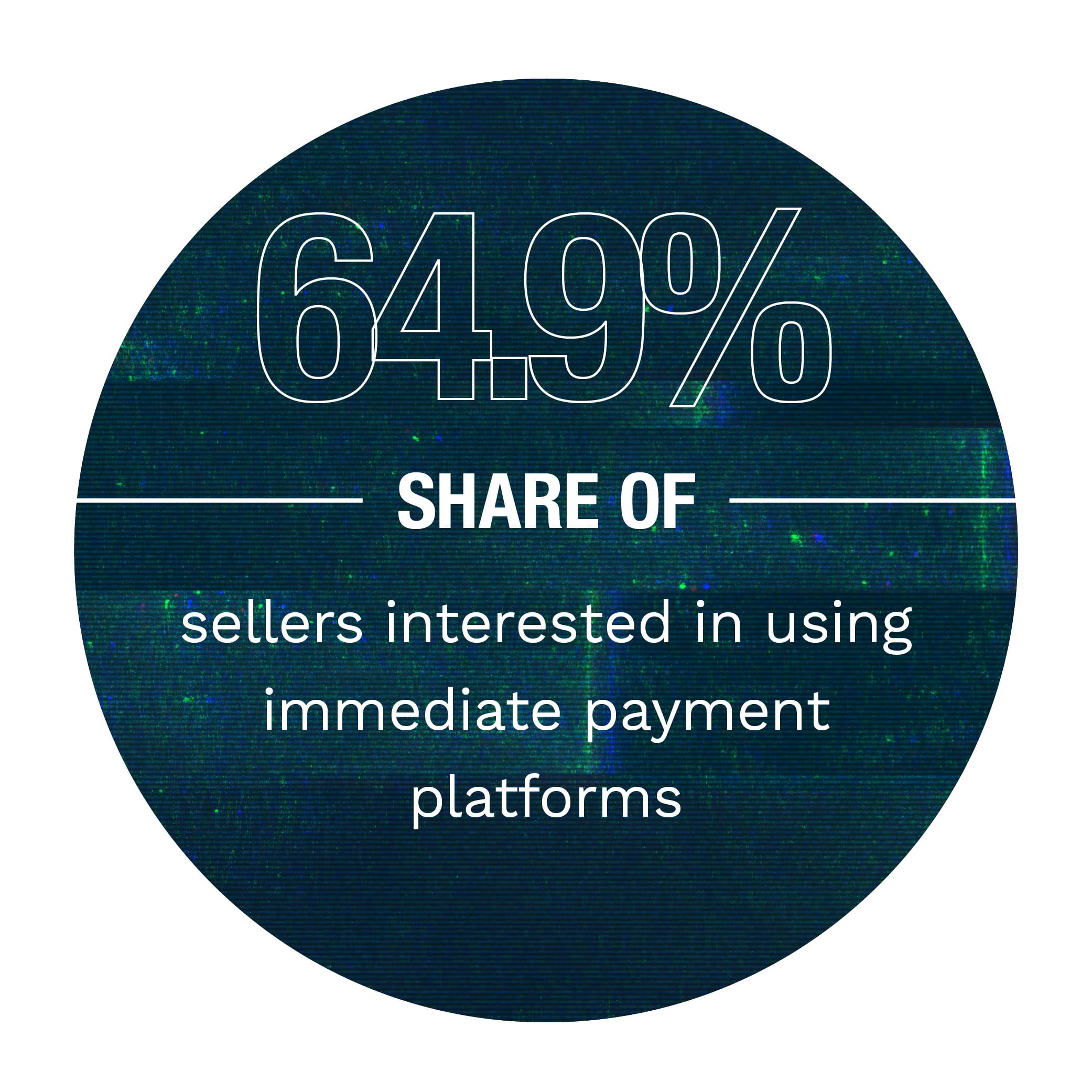NEW DATA: Two-Thirds Of SMBs Show Interest In Immediate Payments To Boost Cash Flow

 U.S. suppliers face a $3.1 trillion accounts receivable (AR) problem. That is how much their buyers collectively owe them on any given day.
U.S. suppliers face a $3.1 trillion accounts receivable (AR) problem. That is how much their buyers collectively owe them on any given day.
Waiting to receive $3.1 trillion in IOUs is more than a headache for the treasurers who handle their balance sheets, and it threatens to stall payments throughout the supply chain. A business that does not pay its suppliers hinders its business partners from paying their own suppliers, and so on down the line.
 Many businesses issue trade credit to try to work around this problem. However, this solution is akin to applying a Band-Aid to a bullet wound. It does not fix the fundamental problem of lacking the funds needed to settle outstanding debts.
Many businesses issue trade credit to try to work around this problem. However, this solution is akin to applying a Band-Aid to a bullet wound. It does not fix the fundamental problem of lacking the funds needed to settle outstanding debts.
This issue is magnified among small- to medium-sized businesses (SMBs), which typically enjoy fewer cash reserves and shorter credit lines. Recent research has suggested that 56.2 percent of U.S. SMBs regularly experience cash shortfalls, and trade credit is a contributing factor. Less profitable and younger SMBs are hit even harder, with 65.5 percent experiencing frequent cash shortfalls.
Luckily, there are tools that can help businesses alleviate this financial strain. Immediate payment platforms, which provide cash-strapped businesses with quick access to critical funding, are among these tools — and the firms that use them enjoy many added benefits that extend well beyond the balancing of accounts.
So, which businesses stand to benefit most from using such platforms? More over, what are some of the ways that firms of different industries, levels of establishment and profit margins have used them to enhance their financial standing, and boost their bottom lines?
over, what are some of the ways that firms of different industries, levels of establishment and profit margins have used them to enhance their financial standing, and boost their bottom lines?
To find out, PYMNTS surveyed more than 1,000 U.S. business leaders and managers, from SMBs of all shapes and sizes, about their knowledge and usage of immediate payment platforms to understand how they hope to leverage and alleviate some of their companies’ biggest financial pain points. The SMB Receivables Gap: Breaking The Trade Credit Cycle Playbook, in collaboration with Fundbox, details the findings of the extensive PYMNTS research.
PYMNTS found that one of the biggest ways in which businesses expect to benefit from immediate payment platforms is increased revenue. The survey showed that 60.5 percent of firms believe these platforms can boost their revenues as sellers, and 64.8 percent believe they can boost their revenues as buyers.
On a more fundamental level, many businesses bel ieve immediate payment platforms can make their day-to-day operations easier. This is true for both high- and low-margin firms, as well as for established businesses, and those in the intermediate and early stages of establishment — to different degrees. Intermediate, high-margin firms have the highest hopes of all, with 37.2 percent saying they think immediate payment platforms can facilitate smoother day-to-day operations.
ieve immediate payment platforms can make their day-to-day operations easier. This is true for both high- and low-margin firms, as well as for established businesses, and those in the intermediate and early stages of establishment — to different degrees. Intermediate, high-margin firms have the highest hopes of all, with 37.2 percent saying they think immediate payment platforms can facilitate smoother day-to-day operations.
Such findings merely scratch the surface of the ways in which businesses hope to benefit from these platforms. To learn more about the various reasons firms are turning to immediate payment platforms to benefit their businesses, download the report.
